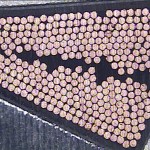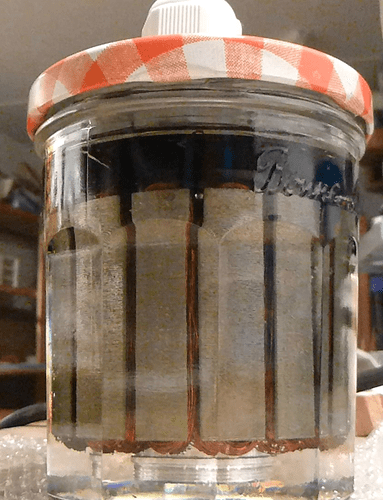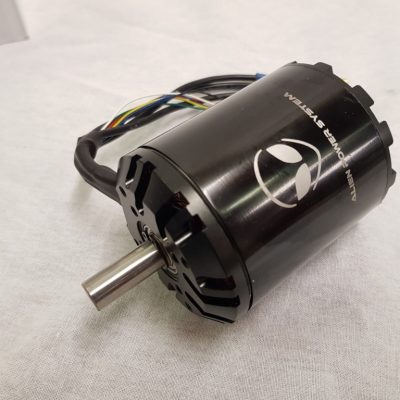This is a solution for keep it simple stupid. I started in late 2016 as i saw e-foil vids. This was my new hobby. I dealt with electric vehicles, motor design and control, sailing, flying and designing and building modelplanes, windsurfing before and this was my thing. Get these things working under water. In the most simple way possible. Do not mess around with tightenings, they will all fail. We as end users do not have the time and experience to deal with such things. I wanted a prototype within 4 months, 1000$, using existing windsurfboards.
The new core idea came from vids trying to seal outrunners for his rov. He faced a ball bearing problem and switched to sintered bush bearings, i did not understand fully why. I was looking for good ball bearings, backed by some experienced buddies. I use Stainless with ceramic balls and seals type simmerring. There are a lot of different types, some with abec classification.
I searched for Brushless outrunners, because they have a higher torque constant per diameter than inrunners. The active volume of a motor is proportional to the possible torque by the means of the possible given magnetic flux density given by the materials used. If you overload a motor with torque, so the magnetic field is overriden, the efficiency sinks dramatically. Outrunners on the other hand are harder to cool effectively. If you stay conventional. It is easy to open the front and back, so air can circulate. That helps a lot.
But you could also change the medium which is circulating through the cavities of the windings. Wouldnt that be great? At least if there is enough space between them. So the motor should be designed in a way that easies cooling.
So Ampere is proportional to torque and thrust.
If we can overload all components which are under water if we almost contact the electric resistors with it, only with a small, short barrier in between, we could solve the cooling with water where it is needed most. At the surface of the stator made of copper, isolation and highly corrosive plated iron, 0.35mm thick i think. This stator has a greater surface than a simple cylinder, and the medium inside is moved. Dust and sand and microbes are in the cooling water. They all get milled and shered! What a mess! This will not last for 500 hours!
What we need to do is to plastify this conglomerate. We have to wet all surfaces.
This can be done e.g. by vacuum with epoxy. You should change the pressure frequently, this helps much to get out all air out of cavities and bring in more epoxy into it. Continue to apply changing pressure until there are no more air bubbles coming out.
I use special epoxy “wasserklar” with 4-5h curing time for this special item.
When the epoxy starts to gel, take the stator up and let it drop off. Wrap it some times to get a better average coverage and warm it with e.g. hairdryer to accelerate. Latest after 10h warm it up to 70°C for 3h to cure everything.
Clean the bearing seatings after removal of the bath and a second time some hours later. Make it look nice.
The electrical interface is unclear to me up to now. The ends of the internal motor windings are too short to seal them completely. On the other hand they are only 2-3cm long. With the custom motor from alien we will find a way, make them longer, so there is no additional interface needed.



 I fast forwarded to the conclusion, will try to watch more later… so far I am not discouraged, I assumed that hybrid ceramic/steel bearings are not ideal, found that full ceramic one. Will see. And it seems like he evaluated it in context of a bicycle, low speeds.
I fast forwarded to the conclusion, will try to watch more later… so far I am not discouraged, I assumed that hybrid ceramic/steel bearings are not ideal, found that full ceramic one. Will see. And it seems like he evaluated it in context of a bicycle, low speeds. so find a solution to maintain and exchange them without disambling every screw your design comprises, thats the challenge.
so find a solution to maintain and exchange them without disambling every screw your design comprises, thats the challenge.